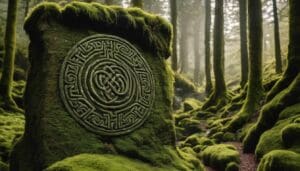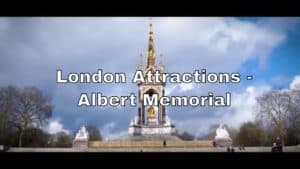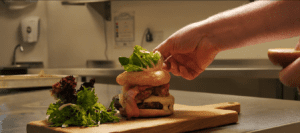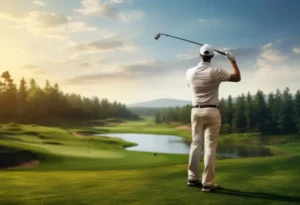The Italian Renaissance Men: Da Vinci and Michelangelo’s Italian Legacies
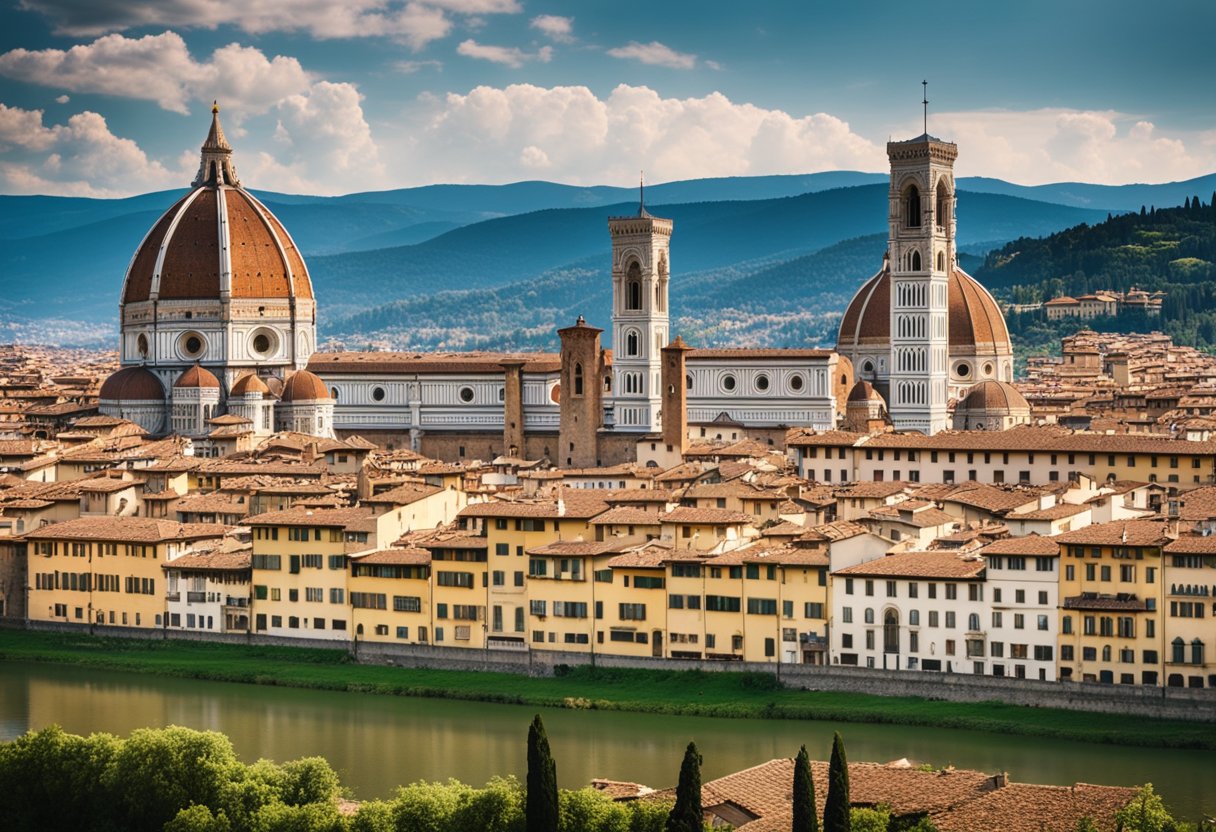
Updated On: April 22, 2024 by Eman Sameh
The Italian Renaissance, a period of great cultural change and achievement from the 14th to the 17th century, gave birth to many polymaths who excelled in various arts and science fields. At the heart of this enlightenment, two iconic figures emerged: Leonardo da Vinci and Michelangelo Buonarroti, whose works and lives defined the very essence of what it means to be a Renaissance man. Their legacies, deeply rooted in the rich soil of Renaissance Italy, span from the grandeur of painted frescoes to the intricate designs on marble sculptures.
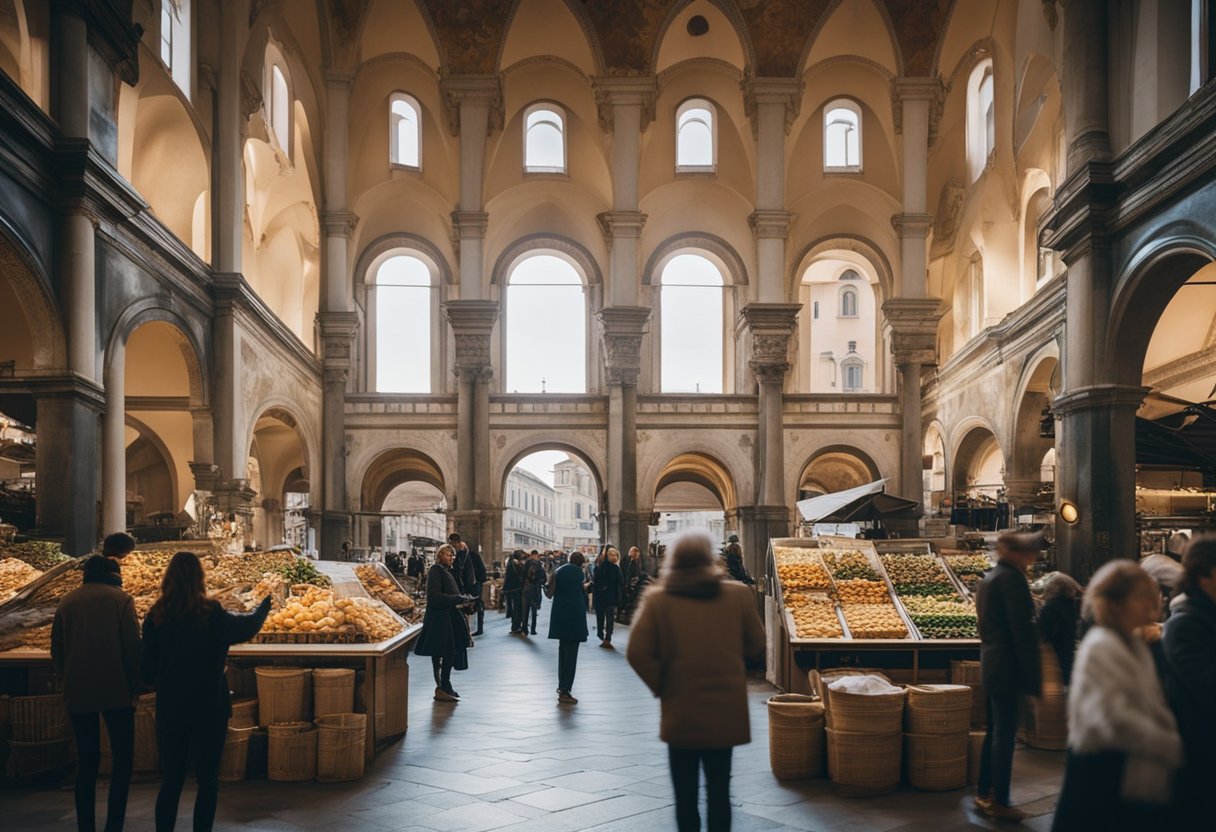
Leonardo da Vinci embodied the Renaissance humanist ideal, and his massive breadth of interests led to significant contributions across multiple fields, including painting, engineering, anatomy, and architecture. Similarly, Michelangelo, whose artistic genius and work ethic were unparalleled, left an indelible mark on the world with his sculptures and paintings, which continue to draw admiration for their emotional depth and technical mastery. Both men’s influences extended far beyond the arts, shaping their time’s cultural and intellectual landscape and laying the groundwork for future generations.
Origins and Characteristics of the Italian Renaissance
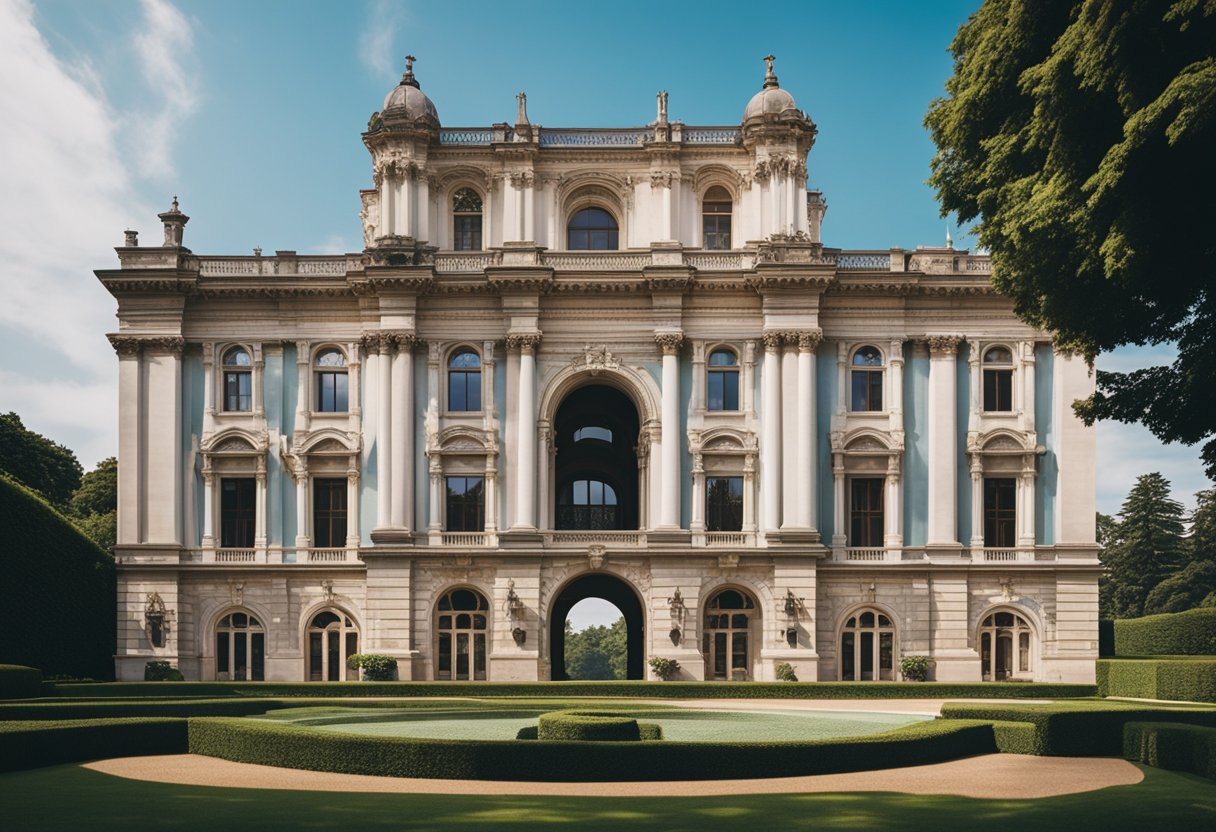
The Italian Renaissance was a pivotal period that marked the transition from the Middle Ages to the modern era. It was characterised by a resurgence in art, culture, and intellectualism centred in Italy.
Cultural Transformation
The Italian Renaissance heralded a cultural rebirth deriving from the rediscovery of classical antiquity. It began in Italy during the late 13th century and unfolded over the next several centuries, thus the term ‘Renaissance’, meaning rebirth. Italy experienced an unparalleled flowering of the arts during this time with significant advancements in culture, science, and philosophy.
Contrasting with the previous era was the increased valorisation of human experience in the here and now, not just in anticipation of the afterlife. This cultural shift also saw the creation of perspectival art, giving a three-dimensional, profound sense of space and focusing on naturalism and human emotion in Renaissance Art – Characteristics, Definition & Style.
Rise of Humanism
Humanism was at the heart of the Renaissance and can be understood as a shift in how people perceived their place in the world, a move towards a secular, individualistic viewpoint that embraced human achievement in the arts, science, and literature. It encouraged the pursuit of knowledge and learning, favouring a turn towards more human-centric subjects. The philosophy of humanism grounded in classical texts led to educational reforms and informed the artistic endeavours that produced the impeccable works of da Vinci and Michelangelo, contributing significantly to High Italian Renaissance Art.
Italian Renaissance culture thrived as patrons such as the Medici family in Florence supported arts that reflected humanist ideals. Consequently, Renaissance artists and thinkers were not just craftsmen but esteemed intellectuals. This period left an indelible mark on Italian society and the broader European cultural landscape.
Leonardo Da Vinci: The Quintessential Renaissance Man
Leonardo da Vinci epitomises the Renaissance man, a polymath whose expertise spanned various disciplines. His profound impact on art, science, and technology echoes through the ethos of the Renaissance period.
Early Life and Training
Born in 1452 in Vinci, Italy, Leonardo da Vinci began his journey into the arts as an apprentice to the renowned artist Andrea del Verrocchio in Florence. In this vibrant hub of Renaissance culture, da Vinci honed his skills across a diverse array of subjects. His early works showcased a profound understanding of form, technique, and composition, underscoring his future masterpieces.
Key Works and Inventions
Da Vinci’s tenure in Milan marked his rise to fame as a painter, with works such as The Last Supper revealing his mastery over depth and perspective. The illustrious Mona Lisa’s enigmatic expression and exquisite detail are a testament to his unparalleled skill. Meanwhile, his scientific pursuits, documented in his meticulous drawings, span far-reaching fields from hydraulics to mechanics, demonstrating a visionary ahead of his time.
Noteworthy Paintings
- The Last Supper
- Mona Lisa
Prominent Inventions
- Aerial screw (precursor to the helicopter)
- Armoured tank
- Revolving bridge
Studies of Nature and Anatomy
Leonardo’s insatiable curiosity led him to dissect human corpses, a taboo practice at the time. Through these dissections, he produced strikingly accurate studies of the human body, delving deep into the intricacies of anatomy. His observations on water flow and natural patterns solidified his reputation as a meticulous observer and scientist. His drawings and notes made a lasting mark on both the art world and the scientific community.
Michelangelo’s Artistic Genius and Influence
Michelangelo, renowned as a master sculptor and a pivotal figure of the Renaissance, left an indelible mark on the art world with his emotive sculptures and his monumental work on the Sistine Chapel ceiling. His deep understanding of anatomy and human emotion is evident in each creation.
Sculptural Masterpieces
Michelangelo’s sculptures, notably David and Pietà, stand as testaments to his skillfulness and innovative approach to depicting the human form. The David, a symbol of Florence’s pride, showcases Michelangelo’s intricate knowledge of anatomy and captures a moment of tension and action. Meanwhile, the Pietà, housed in Vatican City, conveys profound emotion through the delicate interplay of the figures’ poses and expressions. Both works not only exemplify Michelangelo’s profound influence as a sculptor but also his ability to evoke intense emotion through marble.
The Sistine Chapel Ceiling
The Sistine Chapel ceiling, painted by Michelangelo, is one of the most revered frescoes in the world. Found in Vatican City, this masterpiece took four painstaking years to complete. The ceiling’s central panels, illustrating scenes from Genesis, display an unparalleled dynamism that seems to bring each story to life. Michelangelo’s keen understanding of human anatomy is evident throughout, as the figures twist and turn across the ceiling, infusing the space with action and energy that continues to captivate visitors to this day.
Patronage and the Flourishing of Arts in Florence

Florence’s art scene in the Renaissance was unparalleled, largely due to the extensive patronage from influential families and individuals who provided artists with the necessary resources to create their masterpieces.
The Medici Family
The Medici family stood at the forefront of artistic patronage in Florence, establishing an era of cultural magnificence. Their banking fortune and political clout turned Florence into the cradle of the Renaissance. Cosimo de’ Medici, and later his grandson, Lorenzo the Magnificent, supported brilliant minds like Da Vinci and Michelangelo. The family’s aspirations of projecting power and prestige materialised through the artists’ works, including architectural triumphs.
Under Medici patronage, Florence saw the construction of landmarks like the Uffizi Gallery, which not only showcased the family’s collection of art but also served as a symbolic representation of their social and political influence.
Other Notable Patrons
Beyond the Medici, there were other key figures whose support was instrumental in the Renaissance art movement. Nobility and church leaders, acknowledging the Medici’s use of art for social leverage, followed suit to commission works from prominent Florentine artists. Their investment lay not only in visual art but extended to architecture and cultural patronage, which was the bedrock for Florence’s transformative role in art, politics, and society.
The Masterpieces of Painting and Sculpture
The Renaissance period witnessed the creation of some of the world’s most awe-inspiring artworks, largely thanks to the outstanding contributions of Leonardo da Vinci, Michelangelo, Raphael, and Titian. Their paintings and sculptures exemplify the pinnacle of artistic skill and embody the era’s innovative spirit.
Iconic Works of Da Vinci and Michelangelo
Leonardo da Vinci left an indelible mark on the arts with paintings like the Mona Lisa and The Last Supper. These masterpieces are central attractions in Italy’s art legacy because of their expertise in conveying human emotion and skilful use of sfumato. His investigations into science and anatomy also infused his art with unparalleled realism.
Similarly, Michelangelo is synonymous with Renaissance sculpture, with works like the Pieta and the colossal statue of David standing as incontrovertible testaments to his mastery over marble. Moreover, his work on the Sistine Chapel ceiling remains one of the most remarkable feats of fresco painting, captivating onlookers with its dynamism and complexity.
Contributions by Raphael and Titian
Raphael significantly influenced the art world with his harmonious and balanced compositions. His frescoes in the Vatican’s Stanze di Raffaello, which include The School of Athens, showcase his ability to blend perspective and architecture in his work, creating scenes rich with narrative and detail.
Titian, another illustrious name from the Renaissance, introduced a bold use of colour and texture that was ahead of its time. His mastery of oil painting set a new standard for this medium and inspired countless artists. He is particularly noted for his portraits and mythological scenes, which exhibit a unique, poetic approach to painting that has secured his place as one of the style icons of the Renaissance.
In our exploration, we’ve focused on these extraordinary artworks that continue to speak as powerfully today as they did hundreds of years ago. From the careful anatomy in sculpture to the expressive use of light and colour in painting, each work stands as a pillar of Renaissance art and style.
Renaissance Architecture: From Bramante to Palladio

Renaissance architecture marks a period of extraordinary progression in building designs, where architects like Bramante and Palladio introduced innovations that bridged the gap between the ancient and the modern world.
Innovations in Building Design
The Renaissance era was a crucible of architectural transformation. Donato Bramante was pivotal in introducing classical proportions and linear perspective, establishing a new architectural language that celebrated symmetry, harmony, and geometric clarity. His work laid the foundations for the High Renaissance in architecture, where principles of ancient Roman design were reinvented for contemporary relevance.
Architects of this period began exploring the use of space, employing architectural elements like columns, pilasters, and lintels not just as structural necessities but as means of artistic expression. Domenico Ghirlandaio and his peers reinvented fresco techniques while architects mastered the relationship between light and structure to dramatise space and volume.
Iconic Structures
Amongst the marvels of Renaissance architecture stands the Tempietto, designed by Bramante, which encapsulates the Renaissance dedication to classical motifs and geometrical precision. Following Bramante’s footsteps, Andrea Palladio emerged, whose villas scattered across the Veneto region of Italy exhibit a profound understanding of classical Roman architecture. Palazzo Chiericati, for example, showcases a facade remarkable for its symmetry and orderliness, reflecting Palladio’s mastery over architectural design.
The culmination of these advancements can be seen in structures like St. Peter’s Basilica in Rome, where Bramante’s initial plans were later expanded upon by Michelangelo and others. These buildings were no longer mere structures but testimonies to the humanist beliefs of the time, celebrating man’s potential for greatness and the rediscovery of classical antiquity.
Scientific Advancements and the Physical World
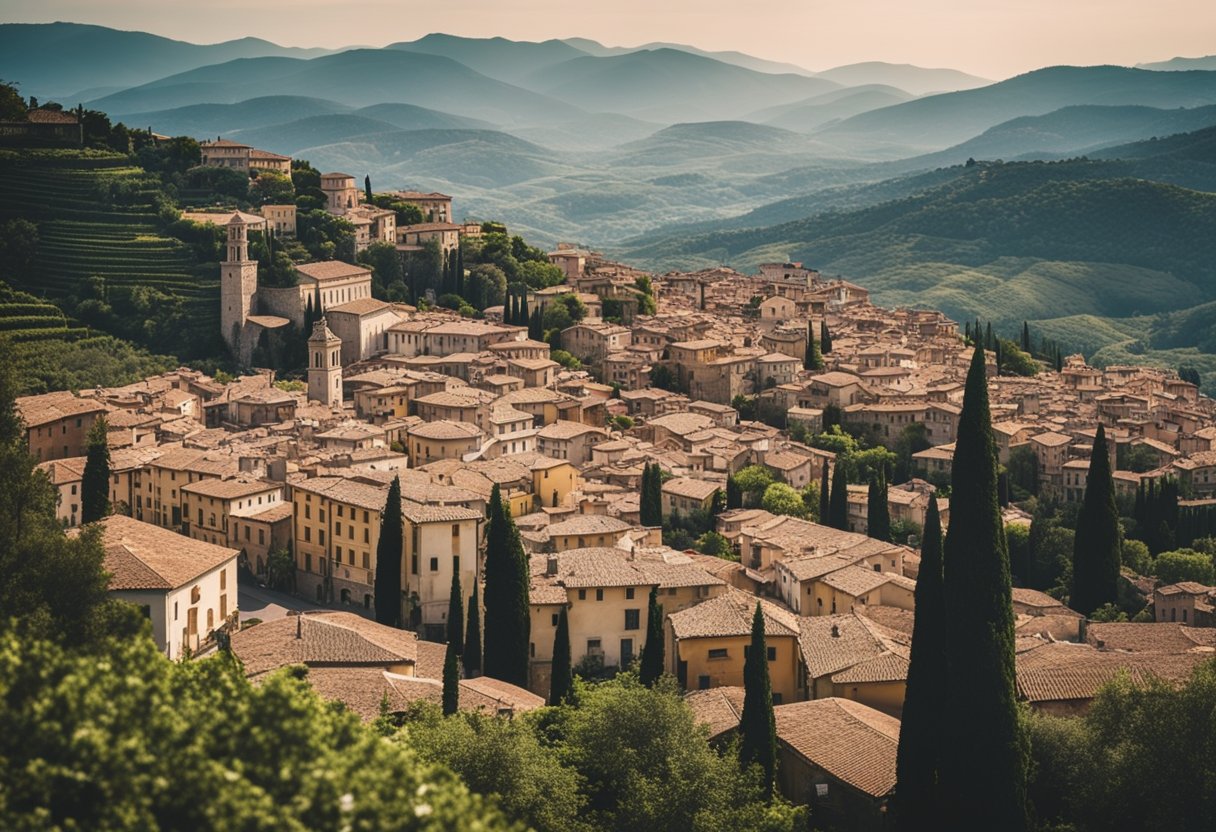
During the Italian Renaissance, there was a profound advancement in the understanding of the physical world, with notable figures like Leonardo da Vinci and Galileo Galilei paving the way. Our investigations drove us to delve deeper into human anatomy and the laws governing the universe, applying rigorous experimentation to challenge and extend the boundaries of knowledge.
Understanding Human Anatomy
In our quest for realism and mastery over the depiction of the human form, we, as Italian Renaissance artists and thinkers, embarked on meticulous anatomical studies. Leonardo da Vinci stood at the forefront, his precision and insight into human anatomy guiding him beyond the artistic realm into scientific discovery. His sketches and notes reveal an unprecedented layer of detail, offering a clear window into the internal workings of the human body.
Experimental Approach in Science
Galileo Galilei’s experimental approach in science epitomised the era’s shift towards empirical evidence and observation. By dropping cannonballs of different masses from the Tower of Pisa, we challenged long-held beliefs and demonstrated that the rate of acceleration was the same, regardless of the object’s weight. Further, with the telescope’s development, we observed the planets and stars, documenting celestial bodies and their movements with a level of acuity that questioned and expanded the cosmos of accepted knowledge.
Throughout, our dedication to the empirical and the observable stood as cornerstones. We documented our findings meticulously, grounding our assertions in the physical reality that could be measured and scrutinised. Each experiment and observation laid the groundwork for accumulating a more robust scientific understanding, which has continued to influence and shape our comprehension of the physical world to this day.
The Social and Political Context of the Renaissance
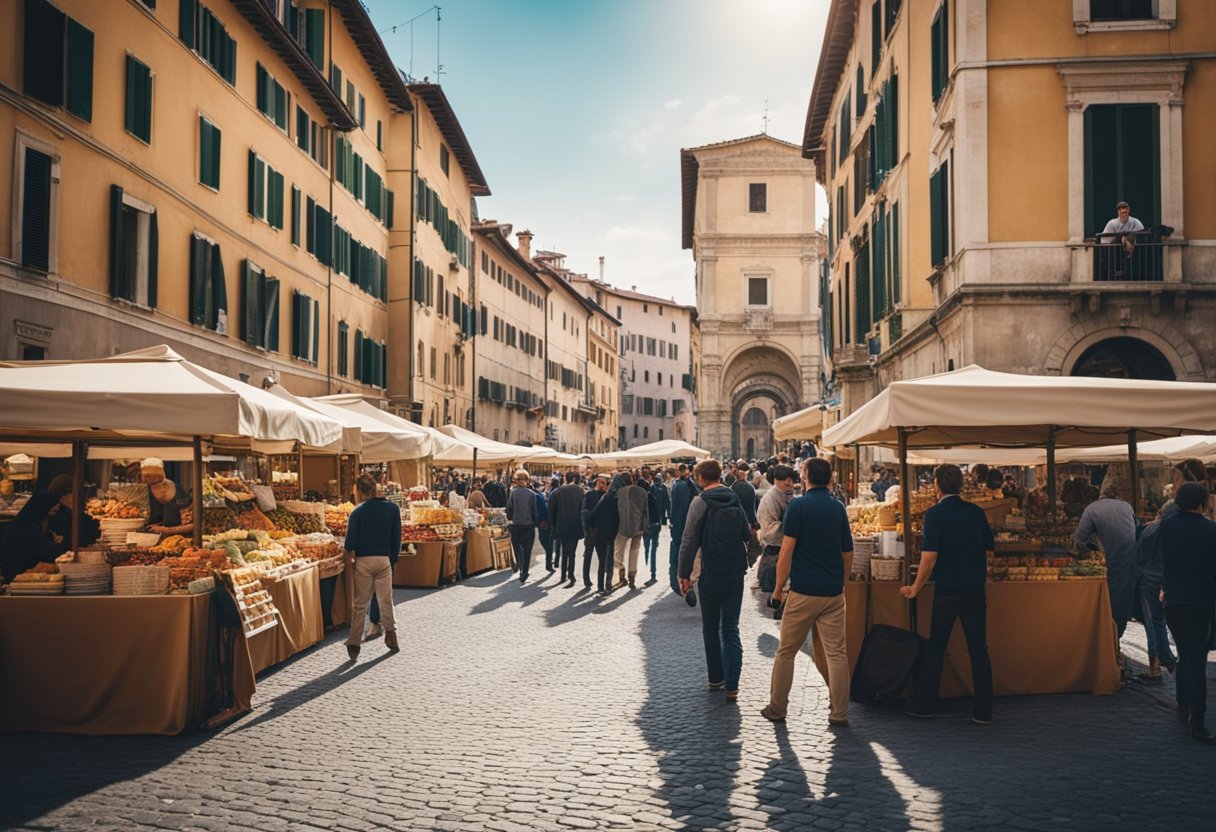
In this segment, we shall explore the integral role the Catholic Church played and the profound impact the Renaissance had on literature and politics.
Role of the Catholic Church
The Catholic Church wielded immense power during the Renaissance, serving as a spiritual authority and political entity. The Church held significant control over the intellectual life, dictating scholarly pursuits and artistic expression. Its influence is evident in the works of Renaissance intellectuals who often navigated the Church’s preferences and boundaries. Scandal, however, was not absent from the Church’s history, with events such as the selling of indulgences leading to widespread controversy and later contributing to the Protestant Reformation.
Impact on Literature and Politics
The Renaissance marked a shift to modern political thought and governance, with literature acting as a vessel for new ideas. Governments started to be seen more as human institutions, with their development and function increasingly subject to scrutiny and debate. Literary works from this period often reflected and shaped political views, moving away from purely religious themes towards humanistic and secular interests, impacting the government structures of the day.
Legacy and Transformation into the Modern World
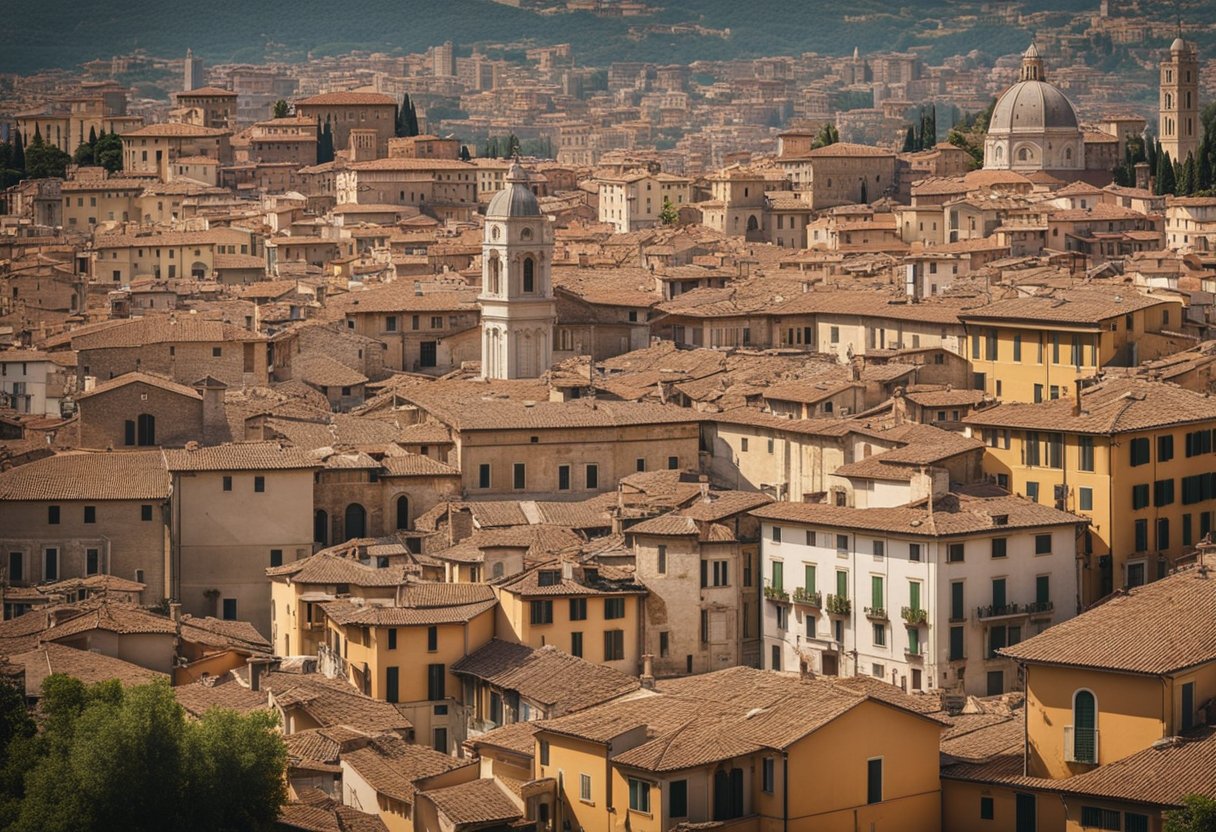
The story of the Renaissance does not conclude with the deaths of its greatest practitioners; rather, it sowed seeds for myriad movements and had repercussions that resonated through time into the modern world. Leonardo da Vinci and Michelangelo not only epitomised the artistic spirit of their age but also left an indelible mark that would influence culture, arts, and humanism far beyond their lifetimes.
From Renaissance to Mannerism
After the zenith of the Renaissance, a new movement known as Mannerism emerged around the 1520s. This style was greatly influenced by the works of masters like Michelangelo, whose later works depicted a perceptible shift — figures in complex poses, a departure from the balanced and harmonious compositions of his earlier pieces. Leonardo’s detailed knowledge, seen in his anatomical studies, also fed into Mannerism’s refined forms and intricate compositions. We see a clear trajectory from the naturalism and equilibrium of the High Renaissance to the stylised and emotionally charged tableaux of Mannerism.
Enduring Influence on Modern Culture
The legacies of Leonardo and Michelangelo persist in our modern culture. Leonardo’s thirst for knowledge and diverse accomplishments modelled a new paradigm of the ‘Renaissance man’, showcasing an integrated approach to art and science that has influenced modern education and culture.
Michelangelo’s sculptures and paintings encapsulated an emotional depth that would speak to human experiences far beyond the context of war and religious change in which he worked. Their contributions to the arts have become a benchmark for artists who followed, infusing emotion and humanism into various mediums. In contemporary times, their principles of harmony, symmetry, and proportion continue to underscore many facets of style and design.
Comparative Analysis of Renaissance Artists
Before we delve into our analysis, it’s important to recognise that Leonardo da Vinci and Michelangelo were two artists who indelibly shaped the Renaissance period. Their profound impact and the reverberations of their rivalry continue to influence the art world today.
Da Vinci vs. Michelangelo
Leonardo da Vinci was an archetype of the Renaissance polymath whose areas of interest included invention, painting, sculpting, architecture, science, music, mathematics, engineering, literature, anatomy, geology, astronomy, botany, writing, history, and cartography. His works, such as the Mona Lisa and The Last Supper, have become cultural icons. On the other hand, Michelangelo, a sculptor, painter, architect, and poet, displayed a unique ability to imbue his sculptures and paintings with a powerful sense of emotion, showcased by masterpieces like the Statue of David and the ceiling of the Sistine Chapel.
| Leonardo da Vinci | Michelangelo Buonarroti |
|---|---|
| Polymath and inventor | Poet and sculptor |
| Known for subtle gradations of tone | Emphasised muscularity and tension |
| Atmospheric perspective | Dramatic gestures and emotion |
Their Impact on Future Generations
The da Vinci and Michelangelo artworks transcend time, continuing to inspire countless artists and spectators. Their revolutionary approaches towards human anatomy, perspective, and emotional expression set a new standard for future generations. Among their peers and successors, Raphael and Giorgio Vasari were notably influenced, the latter not only documenting their lives but also contributing to the perpetuation of their legacies.
The Rivalry and Mutual Influence
Despite their differences, Leonardo da Vinci and Michelangelo indeed influenced each other’s work. Their competition was palpable, with the Battle of Cascina and da Vinci’s Battle of Anghiari prominent examples of an intertwined sense of rivalry and mutual influence. While both men were rivals, the tension between them likely spurred each to greater heights of creativity, embodying a dialectical relationship that pushed the boundaries of Renaissance art.
Closing Remarks on the Echoes of Renaissance Men

The legacies of Leonardo da Vinci and Michelangelo stand as colossal pillars of the Renaissance era. We find the resonance of their genius not merely in the annals of history but infused within the very fabric of today’s culture. Their collective works set a precedent for artistic excellence that transcends time.
Reflecting on da Vinci’s venerable art, we see a blend of scientific inquiry and profound creativity. His pieces, such as the enigmatic Mona Lisa, capture the essence of human emotion and serve as educational keystones within Renaissance studies. Through Leonardo’s lasting influence, we appreciate the symbiotic relationship between art and science.
Michelangelo carved his niche in marble and in the chronological tapestry of our history. His works, especially the David and the Sistine Chapel ceiling, continue mesmerising viewers with their detail and emotional depth. The relationship between Leonardo and Michelangelo propelled them to greater heights of artistic achievement.
Collectively, their imprints are evident in modern curricula as we endeavour to understand their approaches to form, colour, and perspective. They taught us to see the world differently—to observe the interplay of light and shadow, the nuance of expression, and the potential of the human form.
Essentially, we are the heirs to their intellectual and artistic wealth, curators of a legacy that moulds our perception of culture and the human condition. The echoes of these Renaissance men ring out, a testament to the enduring power of their lives and works.
Frequently Asked Questions
In this section, we answer some of the most common queries about the storied lives and lasting impact of Renaissance maestros Leonardo da Vinci and Michelangelo. We concentrate on what ignited their famed rivalry, how they exemplified Renaissance ideals, and how their artistic pursuits shaped the Renaissance era.
What sparked the rivalry between Leonardo da Vinci and Michelangelo?
Leonardo and Michelangelo’s rivalry was triggered by both personal and professional differences. They were competitive in securing commissions and often crossed paths in the close-knit circles of Renaissance Florence. This competitive spirit is captured in anecdotes and records from contemporaries.
In what aspects did da Vinci and Michelangelo demonstrate the ideals of Renaissance men?
Leonardo da Vinci and Michelangelo demonstrated the ideals of the Renaissance man in their pursuit of knowledge across multiple disciplines – art, science, engineering, and anatomy – and their mastery of diverse skill sets. Both were dedicated to the classical pursuit of universal knowledge, embodying the very essence of the term Renaissance man.
How did Leonardo da Vinci and Michelangelo contribute to the Renaissance era through their artworks?
Their contributions to the Renaissance were monumental. Leonardo’s works like ‘The Last Supper’ and ‘Mona Lisa’ showed mastery of technique and depth in human expression, while Michelangelo’s sculptures ‘David’ and ‘Pieta’ and his Sistine Chapel ceiling frescoes displayed unparalleled virtuosity and vigour that reflected Renaissance artistic revolutions.
Were Leonardo da Vinci and Michelangelo influenced by each other’s work in any capacity?
While there is scant direct evidence of mutual influence, the competitive atmosphere likely spurred each to greater heights. For instance, Michelangelo’s sculptural works may have pushed Leonardo to explore anatomy more deeply, and vice versa; both may have been driven to excel by the presence of the other.
What were the key differences and similarities between da Vinci’s and Michelangelo’s artistic approaches?
The key differences lay in their methods; Leonardo often experimented with techniques and took years to complete his paintings, while Michelangelo was prolific in his output. As for their similarities, both had strong interests in the human form, and their works displayed an exquisite understanding of human anatomy and depth of emotion.
How did the age gap between Leonardo da Vinci and Michelangelo impact their careers and legacies?
The 23-year age gap between them meant that Leonardo’s career was well underway when Michelangelo started; this influenced the patronage and opportunities they received. Leonardo’s vast experiences allowed him to delve deep into multiple fields, while Michelangelo could build on the foundations laid by forebears, including Leonardo, to push artistic boundaries further.


